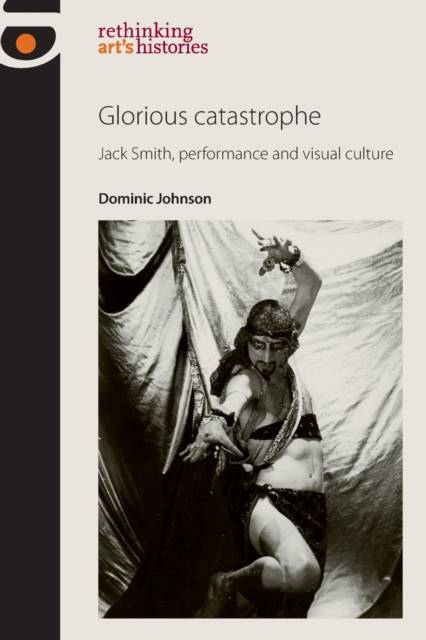
Je cadeautjes zeker op tijd in huis hebben voor de feestdagen? Kom langs in onze winkels en vind het perfecte geschenk!
- Afhalen na 1 uur in een winkel met voorraad
- Gratis thuislevering in België vanaf € 30
- Ruim aanbod met 7 miljoen producten
Je cadeautjes zeker op tijd in huis hebben voor de feestdagen? Kom langs in onze winkels en vind het perfecte geschenk!
- Afhalen na 1 uur in een winkel met voorraad
- Gratis thuislevering in België vanaf € 30
- Ruim aanbod met 7 miljoen producten
Zoeken
Omschrijving
Glorious catastrophe presents a detailed critical analysis of the work of Jack Smith from the early 1960s until his AIDS-related death in 1989. Dominic Johnson argues that Smith's work offers critical strategies for rethinking art's histories after 1960. Heralded by peers as well as later generations of artists, Smith is an icon of the New York avant-garde. Nevertheless, he is conspicuously absent from dominant histories of American culture in the 1960s, as well as from narratives of the impact that decade would have on coming years. Smith poses uncomfortable challenges to cultural criticism and historical analysis, which Glorious catastrophe seeks to uncover. The first critical analysis of Smith's practices across visual art, film, performance and writing, the study employs extensive, original archival research carried out in Smith's personal papers, and unpublished interviews with friends and collaborators. It will be essential reading for students and scholars interested in the life and art of Jack Smith, and the greater histories that he interrupts, including those of experimental arts practices and the development of sexual cultures.
Specificaties
Betrokkenen
- Auteur(s):
- Uitgeverij:
Inhoud
- Aantal bladzijden:
- 256
- Taal:
- Engels
- Reeks:
Eigenschappen
- Productcode (EAN):
- 9780719091476
- Verschijningsdatum:
- 30/11/2013
- Uitvoering:
- Paperback
- Formaat:
- Trade paperback (VS)
- Afmetingen:
- 156 mm x 234 mm
- Gewicht:
- 362 g

Alleen bij Standaard Boekhandel
+ 96 punten op je klantenkaart van Standaard Boekhandel
Beoordelingen
We publiceren alleen reviews die voldoen aan de voorwaarden voor reviews. Bekijk onze voorwaarden voor reviews.









